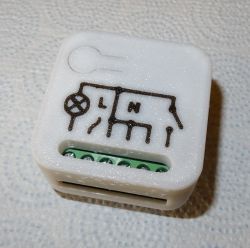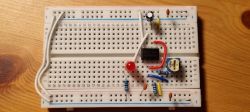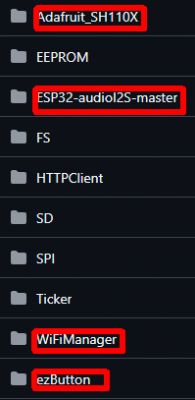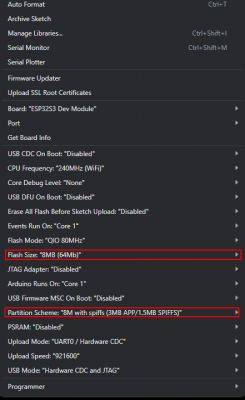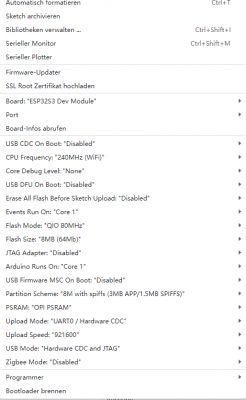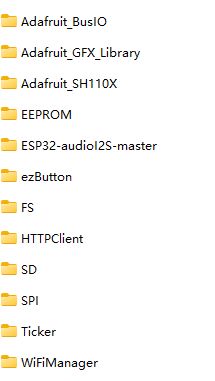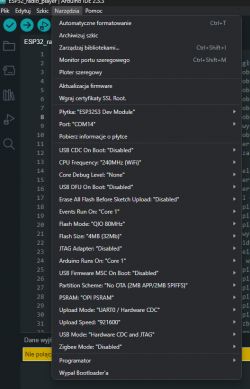@Majster XXL you have posted an interesting and inspiring project.
I've been thinking about making something similar myself for a while, And this as an alternative to the Vilumio player on the RPi, which has much greater capabilities but is definitely slower to get up and running.
Your project interested me mainly because, in addition to the radio, it also offers playback of audio files from an SD card.
I made myself a test circuit according to your project and I have a few remarks. Some from my point of view.
MAJSTER XXL wrote: Modifying the banks and stations in them is best done by forking the repository to your profile on github and modifying it there at will, then you have to replace in the source code the links to those banks on your github.
Terribly tedious and impractical. It would be nice if such station lists could be entered/ordered from the browser, possibly loaded from a card.
And anyway, why so many memory banks holding 100 stations each? For me, honestly, one would be enough (and buttons to change banks would be unnecessary). I prefer quality over quantity

And I have noticed that some stations from the automatic banks are probably inactive, and when selecting one, the radio can get "hanged".
As for me, a Play/Pause button would definitely be useful. In general, I think that when changing from the radio to the file player, pause should be on automatically, and yes, the first folder is played automatically, and changing the folder is on another keypad. Have to admit that this is annoying.
As for the file player. I have noticed that titles are not always displayed, in which case the relevant boxes on the display show the previous texts.
It seems that there are sometimes problems reading some VBR files.
And is it possible to add support for double nested files?
And another question about the menu item: Bank List, What is it for? What should it do? At my place it is in the list, but supposedly dead.
Sorry for such a bullet point, but frankly programming is not my forte and I am hoping for some hints in achieving my ideas.
Oh, and one more thing.
It seems that someone reported problems with such a card reader module:

.
Such a module works correctly with this project, but it needs to be powered from +5V



